Wombat Facts for Kids
When most people think of the Australian wombat, what comes to mind is perhaps a chunky, lazy, timid creature. It makes perfect sense after all, since this cute little marsupial has been featured with those exact characteristics in so many children’s books and TV shows over the years! That’s why some of these wombat facts listed below might really surprise you.
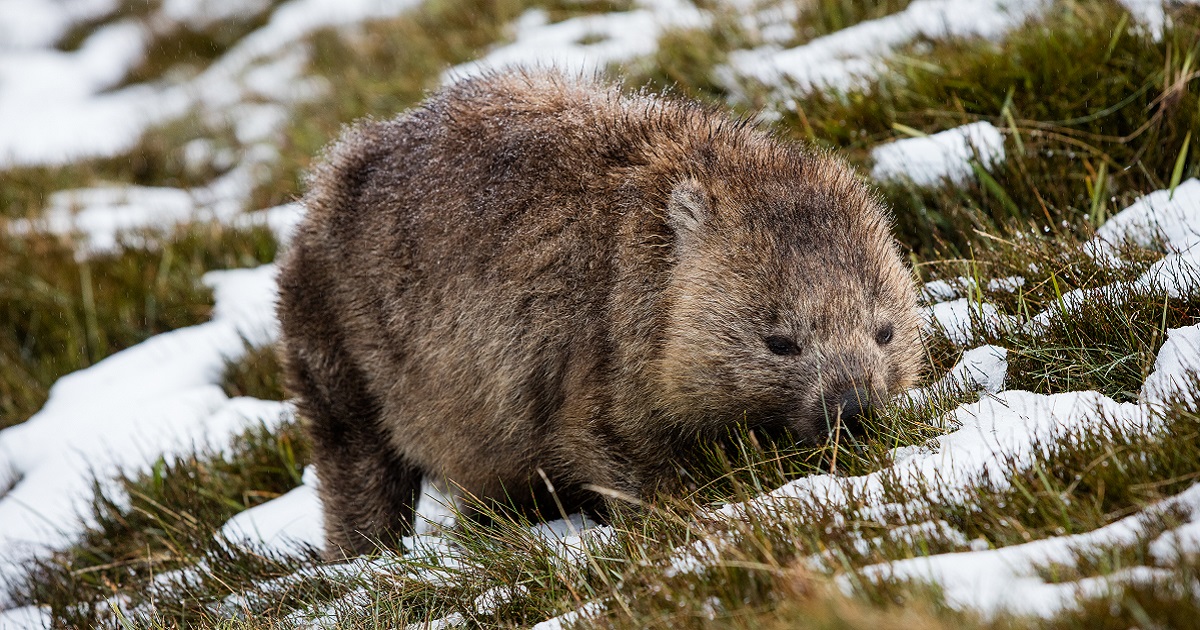
Fun Wombat Facts
- Wombats are the second largest marsupials in Australia, after the red kangaroo.
- The wombat has a backwards facing pouch to protect their young from dirt while digging.
- Despite their short and chunky build, wombats run really fast. They can run at a top speed of 40 kilometres per hour when threatened and can keep that speed for up to a minute and a half.
- Wombats’ teeth continue to grow throughout their lives. Sometimes if they get too long, they snap and break off.
- There are three species of wombats; the common wombat, northern hairy-nosed wombat, and the southern hairy-nosed wombat.
- All wombat species live in the southern parts of Australia although the Common Wombat is known to reside in Southern Queensland at higher altitudes.
- Wombats are herbivores. They eat grass, roots, herbs and bark.
- Wombats have an unusually slow metabolism, taking them up to 14 days to digest a meal. This aids their survival in the hot and dry habitats they live in.
- Wombats are typically 70 cm in length and weigh about 35 kg. They are about as big as a medium-sized dog.
- Wombats are territorial animals. They are often seen sharing burrows with other wombats but are still regarded largely solitary.
- Female wombats have a gestation period of only 21 to 30 days.
- A baby wombat is called a joey.
- The joey spends the first five months of its life in its mother’s pouch.
- Wombats are the largest burrowing animals.
- The burrows of wombats can be as long as 100 feet.
- Wombats have very strong posteriors; dermal shields made of bone, cartilage, fat, thick skin and fur. When a wombat is fleeing from a predator, it dives into its burrow and plugs the opening with its rear-end! They even use their bottoms as weapons, to crush intruders against the ceilings of their burrows.
- Wombats are nocturnal and spend the entire day in their burrows, only coming out at night to feed.
- The average lifespan of a wombat in the wild is fifteen years.
- Every wombat has its own unique personality.
- A group of wombats is called a “wisdom”.
- Wombats are the only animals in the world that produce cube-shaped poop!
- Wombats are good swimmers.
Types of Wombats in Australia

Northern Hairy-nosed Wombat
The Northern Hairy Nosed Wombat is critically endangered and among one of the rarest land mammals in the world. It lives in small patches of land in southern Western Australia and South Australia. Its threats include mange and human activities like habitat destruction, motor vehicle injuries and farming threats (culling, grazing competition etc). This species of wombat is robust and most akin to a pig in build and is an animal that continues to grow across its lifetime. The Northern Hairy-nosed Wombat is known to live for 15 years old in the wild but can live much longer in captivity without all the threats mentioned above.
The Southern Hairy-nosed Wombat
The Southern Hairy-nosed Wombat is another declining species of wombat, sadly succumbing to similar threats as its northern cousin. There are limited records of the Southern Hairy-nosed Wombat with fragmented populations in part of South Australia, Western Australia and New South Wales.
Common Wombat (Bare-nosed Wombat)
Short and stocky just like a little bulldog, this species of wombat vary in size and colour depending on where they live and what they are feeding on. There are even reports of a white variety of these wonderful creatures! Bare-nosed wombats have fairly large bare noses and round ears and are still in decline but not as much as their northern cousins. You can find them scattered across South-Eastern Australia (South Australia, News South Wales, Southern Queensland and Tasmania)
Children’s Books about Wombats
If you are looking for some fun kids’ books about wombats here are some of our favourites
- Diary of a Wombat by Jackie French (this is actually one book in quite a few books)
- Wombat Stew by Marcia Vaughan
- The Fire Wombat by Jackie French
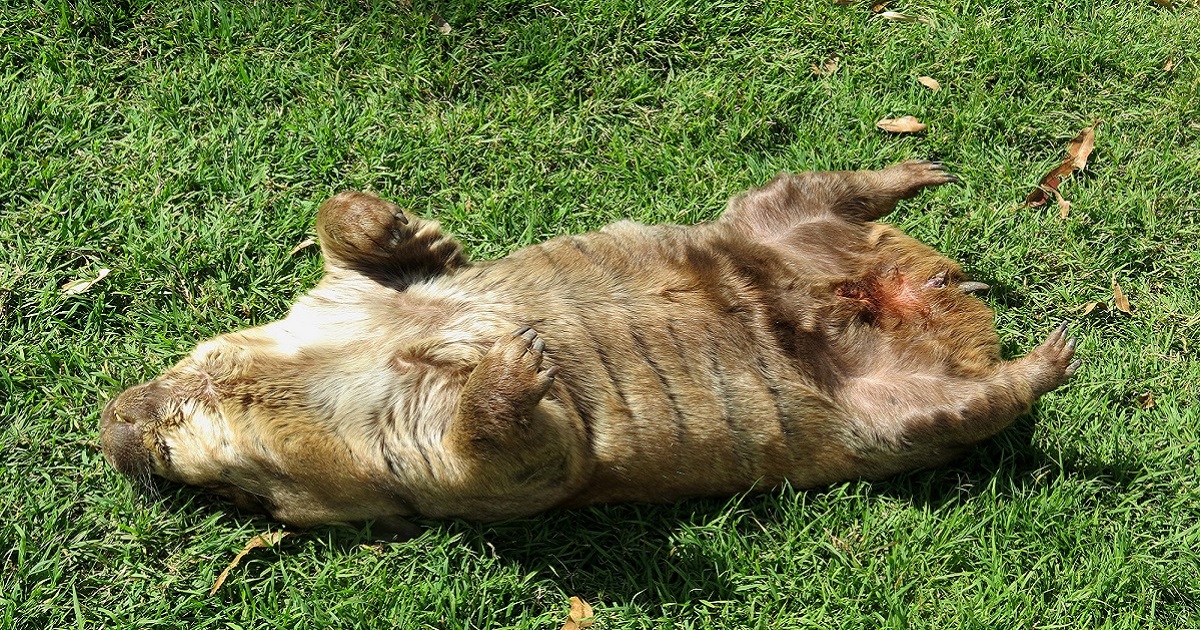
Where to learn more about Wombats
The best way to learn more about wombats (aside from more research) is to follow this rescue organisation https://wombatawareness.com/ – they have a Facebook page which we highly recommend where they take regular videos of their rescue wombats and educate everyone about wombats in general. They have so far saved 10,000 wombats from certain death! Until we followed this organisation we had no idea that wombats got the zoomies! But they do! and they love a good snuggle and they ALL have distinct personalities of their own.
Ngaire
Latest posts by Ngaire (see all)
- Ideas to celebrate Earth Day in Australia - August 20, 2023
- Interesting facts for kids about Rainbow Lorikeets - July 1, 2023
- Australia’s Hidden Gems - July 1, 2023
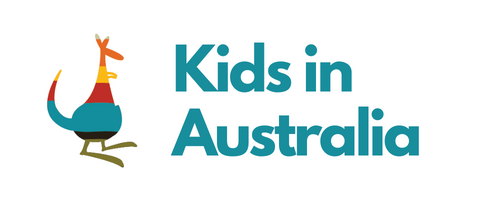
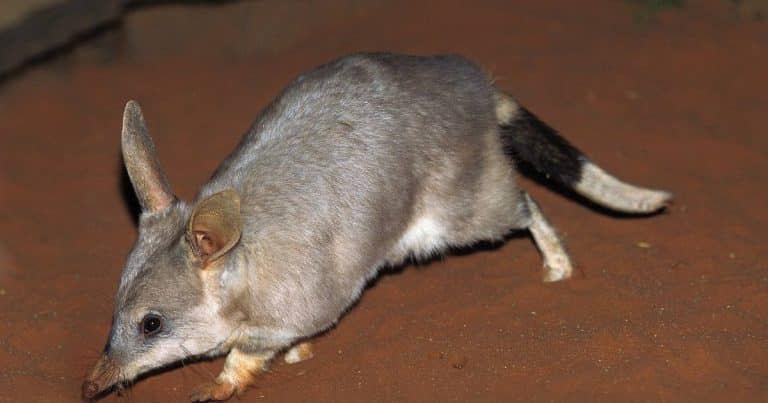
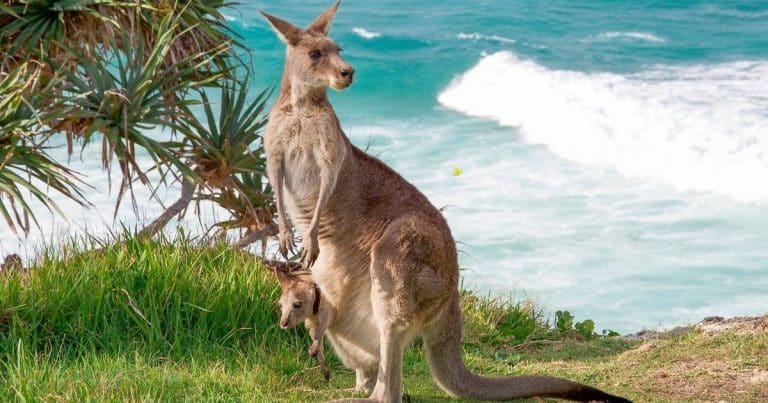
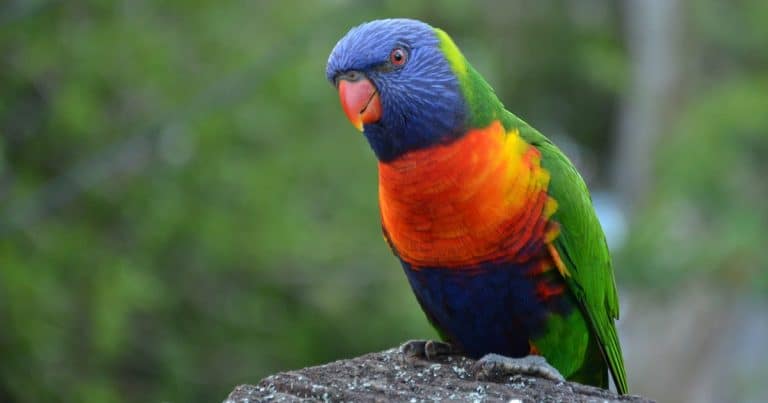
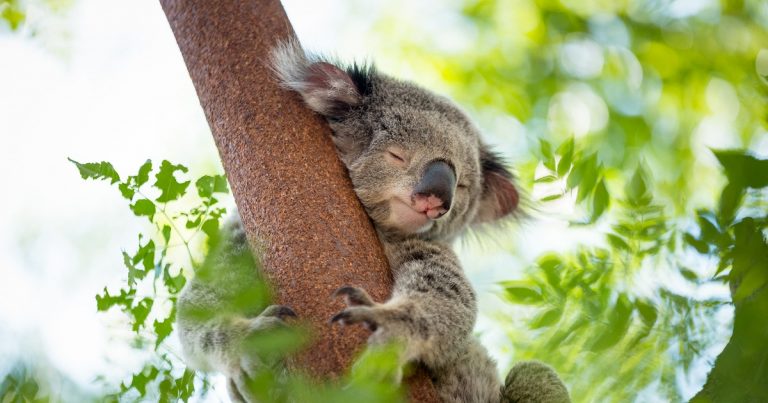
I love wombats do you like wombats WoW so COOL